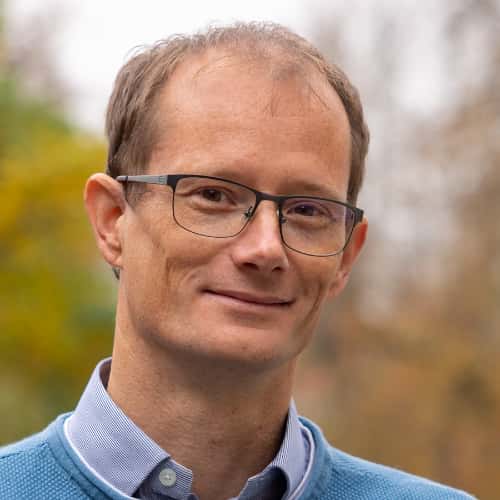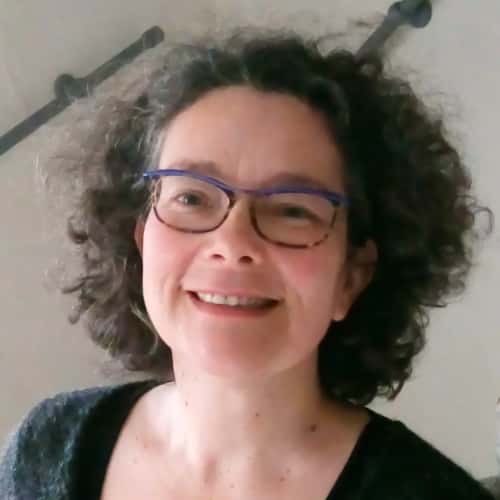SMALL TOWNS
This thematic group promotes small towns as a valuable field of inquiry, providing insights relevant to broader planning and research communities. Although innovation, social differences, and political struggles are often more visible in big cities, small towns are equally transformed by accelerated economic, political, and social developments. Challenges in small and medium towns include structural change, social polarization, digitalization, retail concentration, mobility shifts away from private transport, and gaps in technical and social infrastructures affecting social mobility and inclusion. Despite being vital for residential, work, and supply purposes, small towns are often seen as subordinate or peripheral to larger urban centers, regarded mainly through their distance from agglomerations. Alternatively, as part of metropolitan areas, they face unique challenges and potentials. This group examines small towns beyond population size and service provision, considering their urban fabric as indicative of broader transformation processes and integral to urbanization. Through interdisciplinary theoretical and empirical exchanges, and diverse methodological approaches, the goal is to explore unique and similar morphological structures of urban settlements differing from big cities in functional role, socio-economic assemblages, and institutional structures. This systematic analysis positions small towns as critical anchor points in regions and urban networks, addressing development patterns that contribute to the growing divide between large agglomerations and small towns.
Coordinator
Urban Planning, Brandenburg University of Technology Cottbus-Senftenberg (BTU)
Faculty of Architecture | RWTH Aachen University
Faculty of Landscape and Society, Norwegian University of Life Science, Department of Urban and Regional Planning
Landscape Architecture and Planning / University of Copenhagen
Urban Planning Institute of the Republic of Slovenia
Centre for Planning Education & Research / University College Cork
UMR Territoires / Université Clermont Auvergne
Institute of Geography / University of the National Education Commission Krakow
Karlsruhe University / Karlsruhe Institute of Technology
Architecture Department | University of Florence
UMR Territoires | Université Clermont Auvergne
TU Berlin, Planning & Construction Economics/Real Estate
Faculty of Architecture, Civil Engineering and Urban Planning | Brandenburgische Technische Universität Cottbus-Senftenberg
Faculty of Architecture, Civil Engineering and Urban Planning | Brandenburgische Technische Universität Cottbus-Senftenberg













